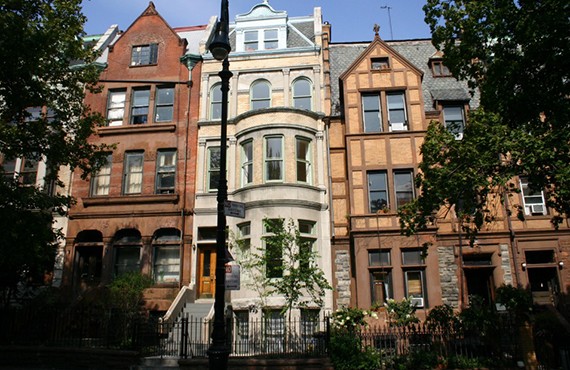Trending
While supplies last: Market for Manhattan’s “cheapest” homes is brisk
Inventory of lower-end pads shrinks as prices fly upwards

With median Manhattan sale prices hitting all-time highs, more buyers are shifting their attention to lower-tier options, driving down inventories and bidding up prices.
There were just 2,674 Manhattan properties listed for sale in April at prices lower than $1.05 million, a 25.9 percent decline year over year. The reduced supply of units has pushed up prices in the segment by 3.9 percent since last year. Prices for luxury units over the same period remained flat, according to StreetEasy’s repeat sales price index.
“Manhattan inventory is top-heavy,” said StreetEasy data scientist Alan Lightfeldt in a statement. “The market remains flooded with luxury properties and short on moderately and lower-priced homes that many New York buyers are looking for. Until Manhattan’s market regains equilibrium, we expect heightened competition at lower price points to drive overall growth despite recent declines at the luxury tier,” he said.
The market for lower-priced units is growing briskly in Brooklyn as well, according to StreetEasy’s data. Inventory for units in the borough selling below $1.05 dropped 33.6 percent year-over-year in April, with the median price climbing 7.3 percent. And in some neighborhoods where the drops were most significant, so were the rises in asking prices.
Those trends appeared clearly at the neighborhood level too, according to StreetEasy’s data. Sales inventory dropped 46.7 percent, to 56 listings, in Hamilton Heights, the second-least expensive neighborhood in Manhattan, with a median sales price of $550,000 in April, up 14 percent year on year.
Two of Brooklyn’s least expensive neighborhoods – Canarsie and Sheepshead Bay – saw the fastest decline in sales inventory in Brooklyn, with drops of 55 percent and 51.2 percent year-over-year, respectively.
Average sales prices in the latter rose 21.5 percent to $334,000, but in Canarsie, prices declined 7.5 percent, showing the correlation between falling inventories and rising prices isn’t absolute. The explanation could lie with the specific set of units on the market in April of last year, for example, or with structural changes in buyers’ appreciation of Canarsie’s charms.
For Manhattan as a whole – including the luxury market — sales prices are set to grow modestly over the next 12 months, according to StreetEasy, rising 1.4 percent over the next 12 months, compared to 2.9 percent over the past 12.




